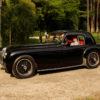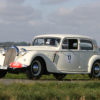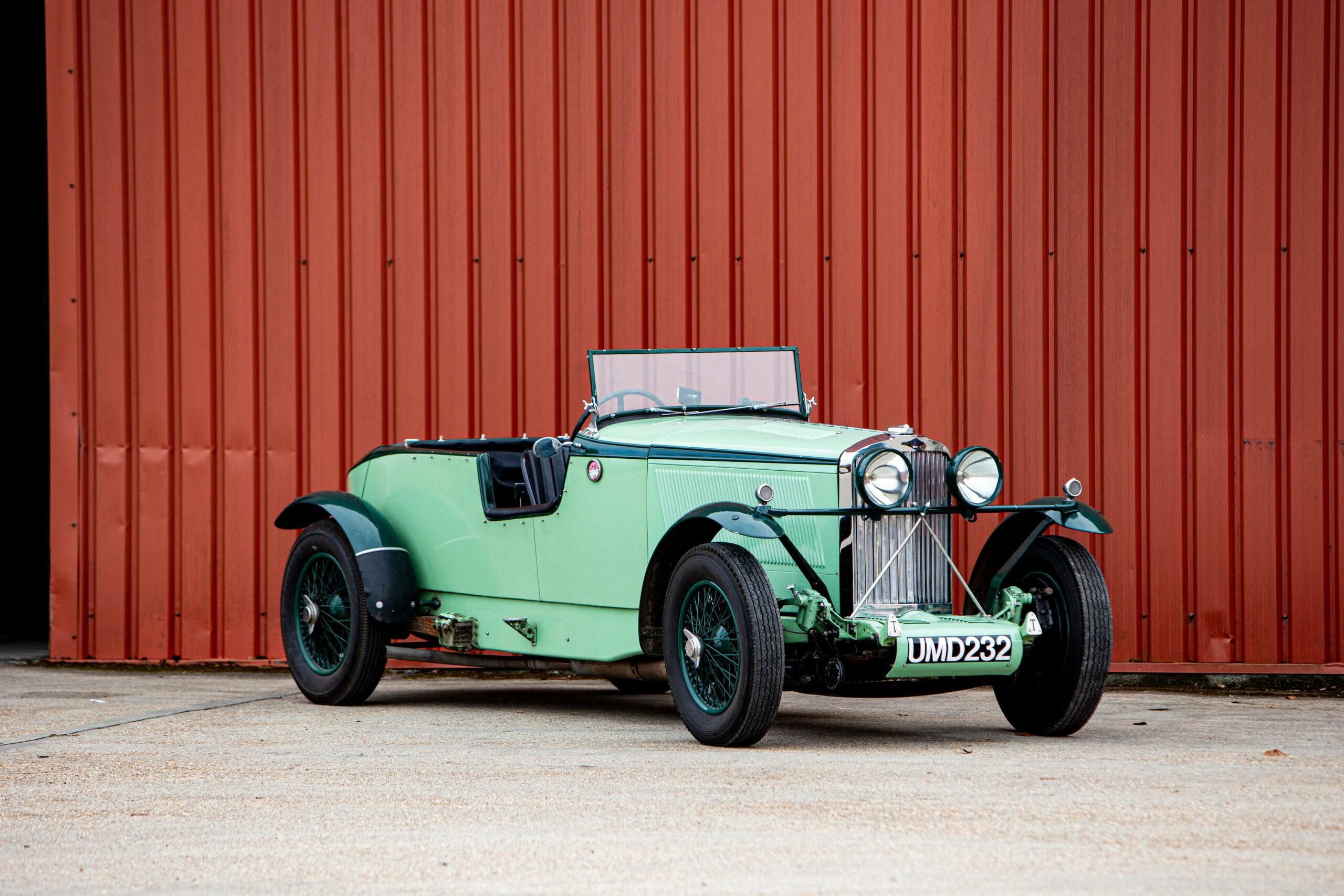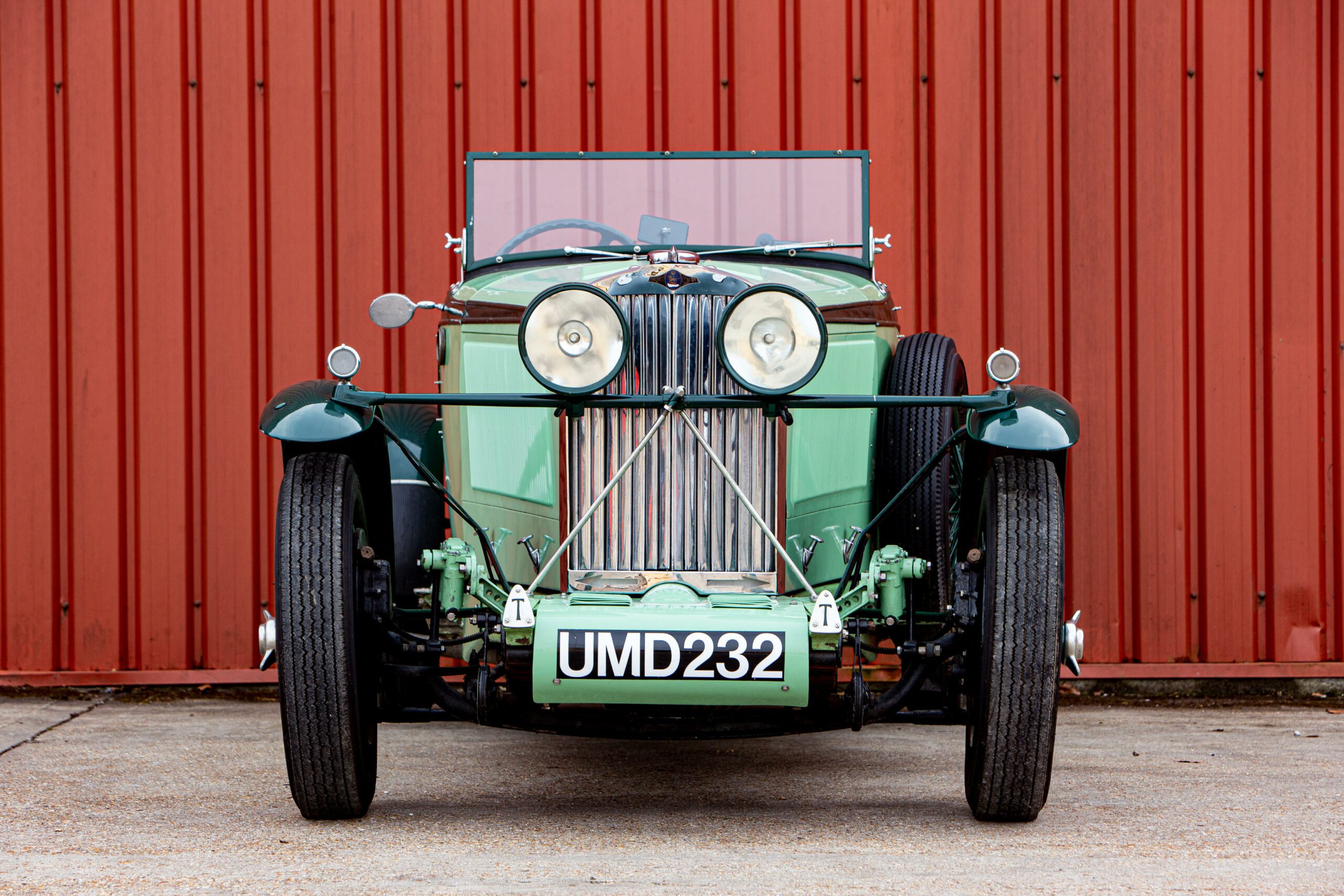Talbot, the most prosperous division within the Sunbeam-Talbot-Darracq amalgamation, might have avoided its 1935 acquisition by Rootes if it hadn’t been tethered to its less robust partners. The company’s strong standing was the result of a series of meticulously engineered vehicles designed by Swiss-born Georges Roesch, who had an unyielding commitment to achieving high performance through increased engine revolutions, resulting in some of the most unforgettable automobiles of the 1930s. Roesch, who served as Talbot’s Chief Engineer from 1916, rescued the firm from the brink of failure with the introduction of the groundbreaking 14/45.
Launched in 1926 as the cornerstone of a one-model strategy, the 1.7-liter 14/45 offered spacious, comfortable transportation at a competitive price. Like all of Roesch’s Talbot creations, it was equipped with a smooth and flexible six-cylinder overhead-valve engine that delivered an exceptionally high output for its size.
Moving away from the one-model approach, Roesch further developed the 14/45 into the 75 and 90 models, both featuring 2.3-liter versions of the overhead-valve six-cylinder engine. The latter, in particular, marked Talbot’s resurgence in the realm of sports cars. In 1931, the 3.0-liter 105 made its debut, powered by a new six-cylinder engine with staggered valves, an innovation by Roesch that improved engine breathing.
1933 brought more technical advancements, including Luvax adjustable dampers and the Roesch-designed Wilson pre-selector gearbox. In 1935, Talbot introduced its renowned automatic “traffic clutch,” allowing for sequential upward gear changes. This year also saw the introduction of a lowered chassis frame and a 3.4-liter model, the 110. Despite being one of the prominent automakers of the 1930s, Talbot was discontinued by its new owner, Rootes, in 1937.
Source: Bonhams











